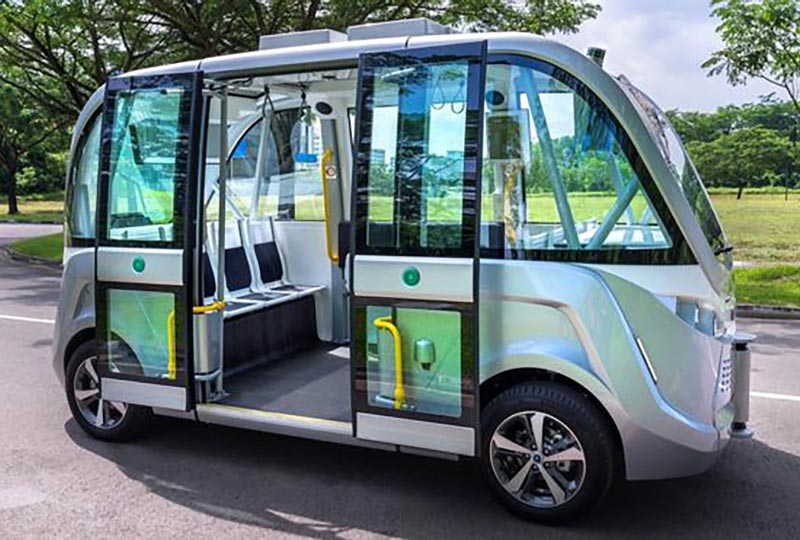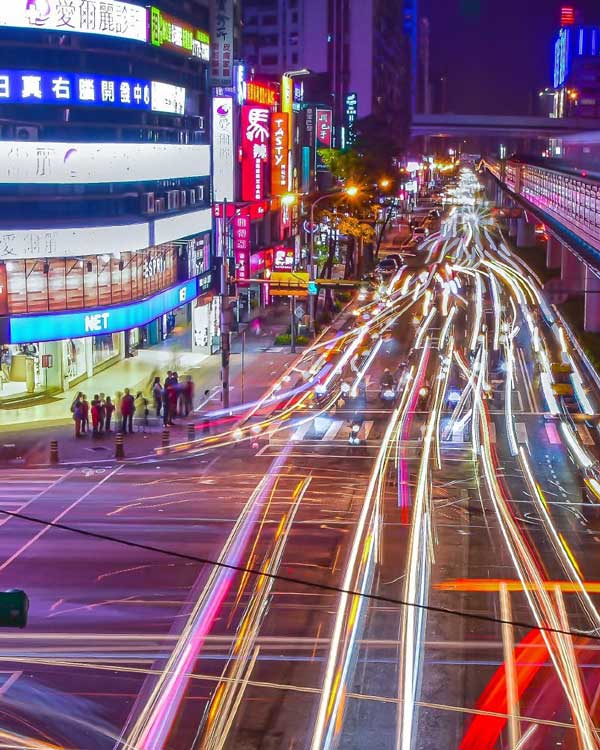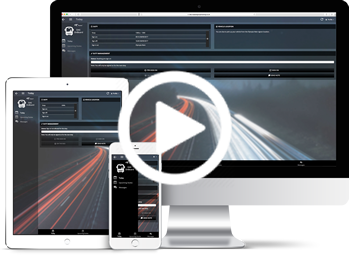Advanced Computing
It is easy to envisage the physical elements of the transport networks of tomorrow. Fully electric vehicles moving seamlessly between destinations. Beautifully efficient services, which arrive precisely where they are needed at precisely the right time, with passengers kept up to date via high definition, real-time information screens.
It is more difficult to appreciate the data management required to underpin this vision
– yet this is precisely what will define how well these transport networks operate.
As the implementation of Internet of Things (IoT) sensors on vehicles increases, the volume of data generated will also increase. Information relating to bus location, speed and passenger numbers – as well as, potentially, environmental conditions such as temperature and humidity, engine condition and even driver health and wellness – will be available to both operators and transport users.
However, the benefits derived from this data will depend on access to advanced computing which can analyse such information in vast quantities, combine it with other data sources, and translate it into tangible, actionable insights.
Two trends – one already present but growing; the other only just emerging – will help to deliver this new future. Let’s explore them.

Machine learning
Machine learning – that is, computers using algorithms and statistical models to perform tasks without explicit instructions – is by no means a new development in enterprise IT. But the breadth and power of its applications have grown enormously in recent years – and the transport industry is no exception.
Broadly speaking, there are three useful applications of machine learning in developing
tomorrow’s transport networks, particularly in the bus industry.
First, machine learning enhances upfront planning, such as the development of schedules and timetables. Second, it enhances the actual delivery of services, for example, enabling more dynamic and accurate responsiveness when allocating drivers and vehicles. And third, machine learning enhances problem solving – responding when something has gone wrong on the network.
One area relevant to all three applications is demand prediction: that is, understanding when and where buses will be needed, assigning them accordingly, and also understanding how changes to the network will affect demand – whether they will improve or damage it.
Demand prediction can be undertaken as part of proactive planning, ongoing service delivery, and incident resolution – and machine learning will enable bus operators to make better use of data throughout.
Traditionally, demand prediction in the bus sector has relied heavily on the ‘gut feel’ of experienced commercial managers. They have powerful insights developed through years of experience, but greater access to data and machine learning algorithms enables them to become even more effective at predicting demand. As an example, today’s planners can only understand how long a bus is likely to take to travel between two stops, and how long it will dwell at a particular stop, by looking at historical averages. This is relatively ‘dumb’ data: it doesn’t take account of what is actually happening in the present moment, such as weather conditions, bank holidays, roadworks and so on.
Equally, when local public transport networks are disrupted, recovery decisions are taken by service controllers based solely on experience and instinct.
Through a combination of better data collection from across the network, and big data analytics which enable algorithms to learn to forecast how the current situation may evolve, we will radically improve the accuracy of such predictions – I believe up to 95% or more, in comparison with the high 80s today.
In turn, this will enable operators to use data and modelling to determine the best possible response to an interruption in services. Experienced managers will be able to augment machine learning insights with their own expertise, or with knowledge that the algorithm does not have – for example, a one-off event taking place that day.
Once processed, this information can also be more readily shared with passengers, ensuring real-time passenger information systems also become more informative.


Emerging quantum computing
There remain, however, problems that are difficult to tackle with conventional computers.
In the bus industry, one of our greatest challenges relates to optimising pickups and drop-off routes – sometimes referred to as the ‘travelling salesman problem’. Given a list of destinations and the distance between each, which is the shortest possible route which visits each of them and then returns to a set location?
Traditional binary computers cannot tackle these problems because they work by checking each individual solution – and in such scenarios there are simply too many to assess. This is particularly crucial as demand-responsive services become increasingly important, either as part of responding to the needs of an ageing and urbanised population, or to reduce environmental impact.
The sheer scale of the first-mile, last-mile pickup and drop-offs for large numbers of people is such it is not possible to provide real-time optimised scheduling using traditional binary computing.
Enter quantum computing
In the binary world, everything is either a 1 or a 0. But in the quantum world, information can exist more readily outside of a defined state – and can actually be in multiple states at the same time.
Without getting too abstract for our purposes here, this presents the possibility for solving vastly complex problems in a very short period of time – including analysing point-to-point journeys across an entire city.
Crucially, this does not mean that bus operators will need to build and own their own quantum computers. Computing giants like Microsoft are already developing quantum computing toolkits whereby companies or individuals are able to design their own quantum computing programmes in Visual Studio, upload their data – and then Microsoft will run that programme for them and return the results via Cloud-based services.
I expect that in just a few years’ time we will see transport operators uploading vast quantities of pickup and drop-off data into such a programme – and almost immediately receiving back the optimised route, using the same cloud hosting model that has defined the last decade of computing.
The greater prevalence of IoT sensors and data throughout today’s transport networks has the potential for driving huge innovation and efficiencies – but only if the computing power is available to translate this data into tangible, actionable insights.
Machine learning is already making this more manageable. But in the future, quantum computing will take it to place that would have been unimaginable just a few short years ago.
Here to help
Contact us and speak with one of our specialists:
+44 (0) 808 281 1039
More Info
About Us | Careers | Contact Us | Legal | Privacy
(c) 1999 – 2021 Trapeze Software ULC. All rights reserved
Trapeze Group respects your privacy

